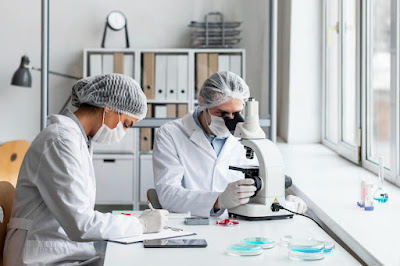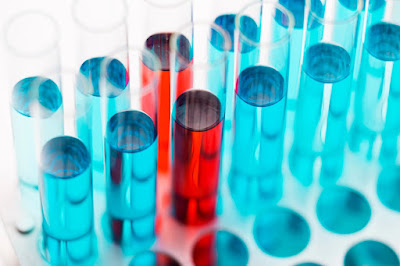What is Column Chromatography and What is the Role of Chromatography in Our Daily Life?

What is Chromatography Chromatography is the most commonly applied method for the separation of substance mixtures into single components. This powerful technique is for example used in quality control of drugs, in clinical research, or trace analysis of harmful substances. Chromatography is essential for analytical chemistry around the world. Symtera Analytics has a comprehensive range of chromatography products from sample preparation to subsequent analysis. Provides scientists with the best solution for each analytical task. In HPLC we provide powerful solutions featuring pre-packed columns with many different selectivities. Column Chromatography It is a chromatography technique in which separation is carried out in columns. The column is filled with the stationary phase which can either be silica, alumina, or cellulose. The bottom of the column is packed with cotton or glass wool to support the stationary phase. The column preparation is usually carried out by two m



